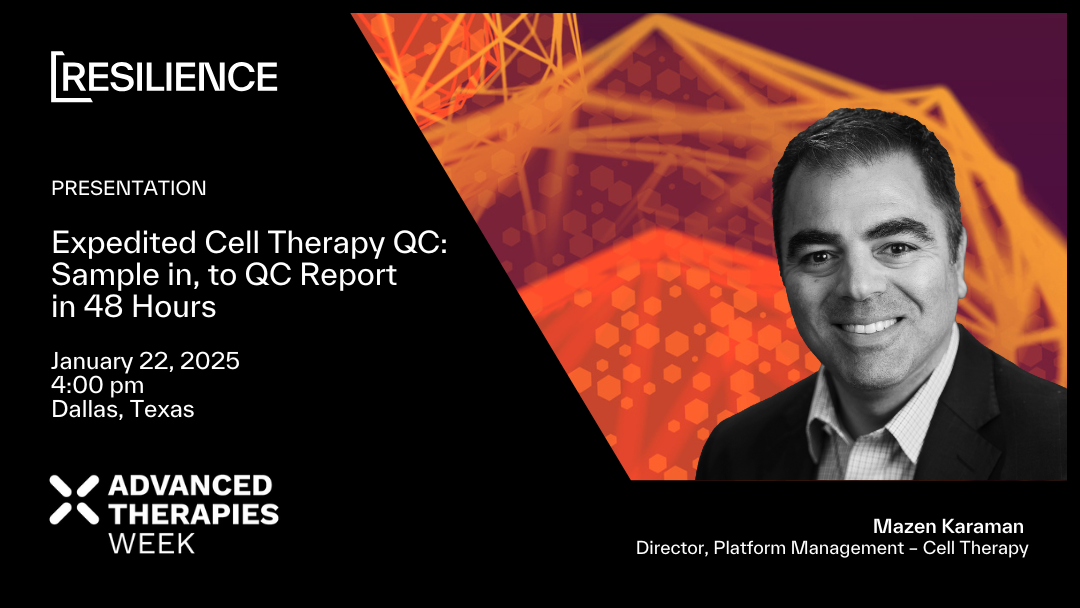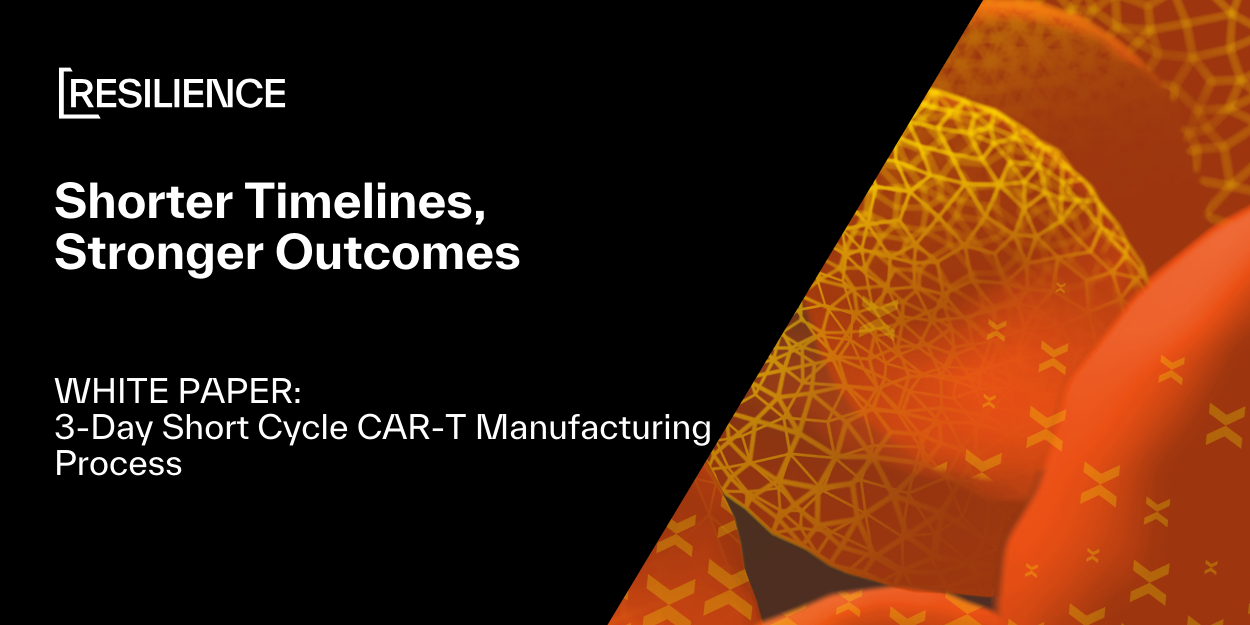
Redefining CAR-T Speed and Strength with DAR-T™: A Conversation with Nicholas Kirian
In this Q&A, Nicholas Kirian, Senior Manager of MSAT, discusses how DAR-T™, an autologous CAR-T platform, is addressing longstanding challenges in cell therapy manufacturing. From reducing cycle times to improving cell potency and persistency, DAR-T is redefining what is possible in the production of life-saving therapies.
Q: What are the biggest challenges in autologous CAR-T manufacturing today?
There are often three major challenges. First, patients often wait extended periods for their modified cells, which can be critical in aggressive disease settings. Second, the final product sometimes contains exhausted T-cell subsets, which can limit therapeutic effectiveness. Third, manufacturing costs remain high because of long and labor-intensive processes. Addressing these issues requires not only innovations in process design but also integration of digital tools and data-driven manufacturing strategies.
Q: How does DAR-T™ tackle these issues differently than conventional approaches?
DAR-T is a super-short, activated CAR-T process designed for LVV-based autologous therapies. Conventional manufacturing cycles can take one to two weeks, while DAR-T can reduce that process to only three days. This shortened timeline reduces labor and material costs while also yielding a final product enriched with desirable phenotypes. These cells are more potent, more persistent, and less differentiated.
The process incorporates state-of-the-art GMP operations and advanced digitalization, which enhances process visibility, data integrity, and overall efficiency. By revising standards that are typically accepted in CAR-T manufacturing, DAR-T shows that shorter cycles can improve quality rather than compromise it.
Q: Can you describe the key differences between the DAR-T three-day process and the conventional seven-day process?
Using flow cytometry, we found that CAR-T cells from the three-day DAR-T process are enriched for naïve and central memory subsets. These are younger and more versatile cells. In contrast, the seven-day process shifts toward effector memory subsets, which are more differentiated and often associated with reduced persistence. This younger phenotype correlates with improved long-term outcomes in vivo, so we see this as a major advantage of DAR-T.
Q: What about potency? How do cells manufactured on the DAR-T process perform functionally?
Potency was evaluated through cytotoxicity and cytokine release assays. We observed that DAR-T cells had an EC50 roughly four times lower than that of the conventional seven-day product. In practical terms, one CAR-T cell achieved the same level of activity as four conventional cells.
In addition, DAR-T cells secreted significantly more IFN-γ, even at lower effector-to-target ratios, with minimal background signal. This shows that the cells are not only more potent on a per-cell basis but also mount a stronger functional response against tumor targets.
Q: Persistency is often a key determinant of long-term response. What did you observe in that area?
We assessed mitochondrial fitness through oxygen consumption rate (OCR) assays. DAR-T cells demonstrated higher spare respiratory capacity (SRC), meaning they were better able to respond to environmental stressors. High SRC is strongly associated with enhanced metabolic fitness and durability in vivo. When we combine the phenotype, potency, and persistency data, it suggests that we can produce a product with the potential for improved clinical outcomes.
Q: How do digital systems enhance the DAR-T platform?
Digitalization is a cornerstone of this platform. We have implemented a fully validated Manufacturing Execution System (MES) and Laboratory Information Management System (LIMS). These systems automate data capture, material tracking, calculations, and chain-of-custody checks. Near real-time visualization and automated run charts give us unprecedented insight into each manufacturing run.
This approach improves data integrity and reduces manual burden, enabling review by exception. Essentially, it allows us to focus on deviations and critical process points rather than manually reviewing every detail. That drives both efficiency and confidence in product quality.
Q: Manufacturing speed is one thing, but what about release testing? How quickly can DAR-T products reach patients?
We target a seven-day turnaround for release. All assays are performed in-house using a qualified toolbox that includes rapid sterility testing, phenotyping, cytotoxicity, cytokine release, and metabolic assessments. With digital systems and standardized templates in place, we can generate detailed reports quickly and consistently. In practice, DAR-T cells can be manufactured and released before some conventional processes have even reached harvest.
Q: Looking ahead, how do you see DAR-T evolving in the context of next-generation therapies?
DAR-T has been developed as a GMP-ready platform with velocity built into every step. While it is ideal for standard autologous CAR-T applications, we have also built flexibility into the platform. For programs requiring higher doses or alternative process designs, we can leverage modular unit operations to customize without losing efficiency.
The broader vision is to provide an ecosystem of autologous T-cell platforms that allow clients to select the right fit for their product while still benefiting from accelerated timelines, digital integration, and consistent manufacturing quality.




